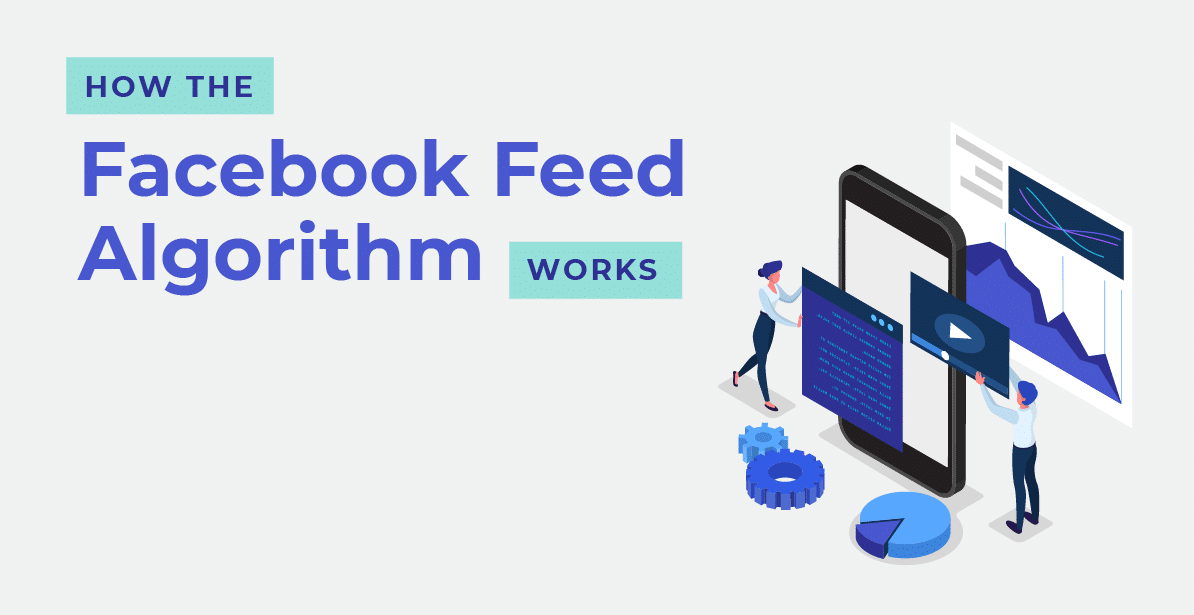
The Process of Feed Ranking
Many of us view Facebook’s algorithm as an enigma. Does anyone really understand how it works? If you did understand, would it change the way you produce and push content?
According to Facebook, the overall goal is:
” …to make sure you see the posts that are most valuable to you at the top of your Feed every time you open the Facebook app. And because most people have more content in their News Feed than they could possibly browse in one session, we use an algorithm to determine the order of all of the posts you can see.”
So, how does this content get prioritized and distributed to the relevant audience? Following is a high level breakdown of how it works.
Inventory
This is the most standard form of receiving content. These posts displayed on your feed are from the pages and people you follow (duh), and the content they’ve shared and engaged with. Posts may include anything from the groups you’re a part of, to the ad content that you’re eligible to be served on any given day.
Signals
Here’s the real game changer that starts to display individualized content for you. The algorithm will use signals to determine each post’s relevance to you. That relevance is based on the perceived connection to the person/page — including how you’ve interacted with them in the past. Have you shared their post before? Have you commented on their status update? Or have you just spent more screen time on a certain post? Some signals that the algorithm picks up on are the types of posts you interact with: video, links, photos. If you have a history of watching more videos then the algorithm will feed you more video content. If you have a history of clicking on links, the algorithm will feed you posts with links.
Predictions
The algorithm will also make predictions about your likely engagement with each new post. Facebook’s goal is to highlight and deliver the most personally relevant content. Because of the enormous amount of data Facebook collects from users all around the globe, their predictions (using analysis of all this data) are usually pretty accurate.
Score
Finally, the algorithm will give a score to each post in your content pool in an effort to rank or prioritize those posts. The higher the score, the more likely that post will appear at the top of your Facebook feed.
With these factors in mind, the more you create content that gets people to watch, engage or share your post — the more likely your content will be shown to more people. Captions that encourage action or provide a clear next step for the user will help drive your engagement up. With more engagement, the algorithm will pick up those signals and feed your content to those types of users more often.
It’s also important that your content is somewhat consistent and cohesive. This enables Facebook to predict whether or not your content is something the user would like to see again. As always, it’s important to look at the data. Check Facebook analytics to see how people are engaging with your brand. Are they watching more videos, are they responding to more educational posts or more entertaining posts? Interpreting data is a huge part of understanding the algorithm and how you can work with it.
The Gray digital group team has experts that can help you analyze your data, plan out your content, and push it to the right people at the right time. Connect with us today if that is something you need help with!
Sources:
https://www.facebook.com/business/news/let-me-explain-video-series-how-does-news-feed-work#
Technology vector created by pikisuperstar – www.freepik.com
